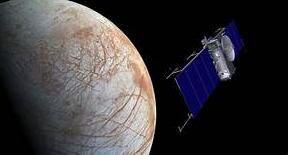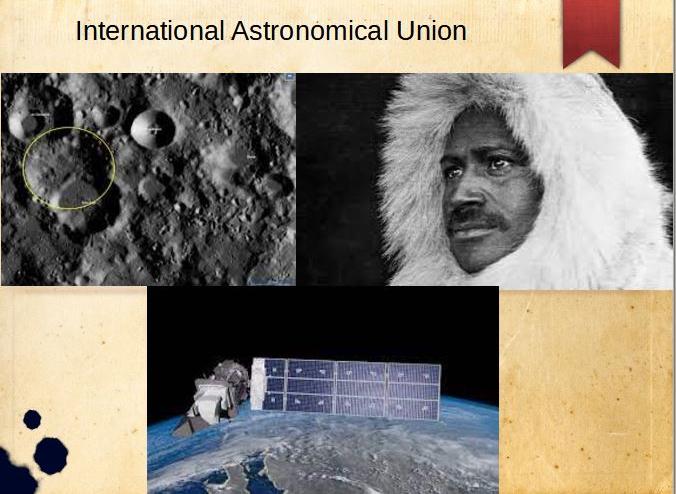Updated By: LatestGKGS Desk
NASA Galileo spacecraft finds new evidence of water plumes on Europa

NASA Scientists re-examined data collected by NASA's Galileo spacecraft in 1997 in wake of Europa Clipper mission
Scientists re-examining data from an old NASA spacecraft have found evidence that the liquid water reservoir under the surface of Jupiter's moon Europa is venting plumes above its icy shell.
Data collected by NASA's Galileo spacecraft in 1997 was put through a new and advanced computer model to untangle a mystery - a brief, localized bend in the magnetic field - that had gone unexplained until now.
Details of the analysis of data collected on Jupiter's Moon Europa
Previous ultraviolet images from NASA's Hubble Space Telescope in 2012 suggested the presence of plumes. The new analysis published in the journal Nature Astronomy used data collected much closer to the source and is considered strong, corroborating support for plumes.
The scientists layered the magnetometry and plasma wave signatures into new 3D modeling developed at the University of Michigan in the US, which simulated the interactions of plasma with solar system bodies.
The result that emerged, with a simulated plume, was a match to the magnetic field and plasma signatures the team pulled from Galileo data.
The findings are good news for the Europa Clipper mission, which may launch as early as June 2022.


